As I was writing about Ruth Ozeki’s A Tale for the Time Being and the various technological innovations that Ozeki’s novel employs, I became increasingly interested in Blippar, an augmented reality application. Blippar is by no means restricted to literary projects, but as this is my primary interest, I naturally focused my search on ways in which literary works are incorporating augmented reality into their design. I found the results as fascinating as the implications are endless.
Literary works are currently employing Blippar in two primary ways: As a means of advertising and as a way of garnering user/reader participation and interactivity. The two overlap, of course, but the degrees vary according to purpose. Ravinder Singh, for instance, has made the cover of his novel, This Love that Feels Right… blippable. According to Blippar’s website: “By blipping the cover of the book you can see a miniature Ravinder Singh come to life in 3D. He introduces his book and prompts the reader to share a review or take a selfie to win the chance to meet him and discuss love, life and books over a steaming hot cuppa.”
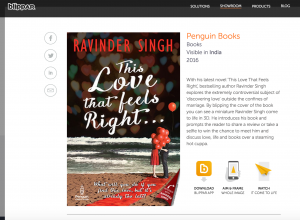
Figure 1. Screen-grab from Blippar’s website illustrating Ravinder Singh’s This Love that Feels Right…
Yet extending beyond advertising, graphic artists and novelists are employing Blippar much more intensively, in some cases even supplementing almost every panel of their comics with augmented-reality blipps. Ram Devineni, Lina Srivastava, and Dan Goldman have created a storytelling project titled Priya’s Shakti that aims to both educate men and women about sexual violence even as it fights against rape in India.
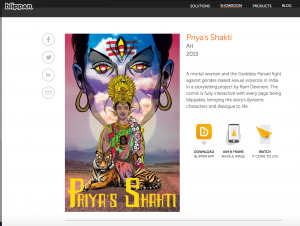
Figure 2. Screen-grab from Blippar’s website illustrating the comic book, Priya’s Shakti
Priya’s Shakti is available for free download on Amazon , so, curious, I downloaded the comic and read it using Blippar. Not only has Priya’s Shakti given India its first female “super-hero”, but the comic itself is a work of art that comes to life with Blippar’s augmented reality, providing further information, links to videos, and even sound effects. This is, I believe, just the beginning of augmented reality’s dance with literature.
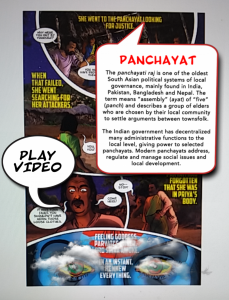
Figure 3. Screen-shot of Blippar’s enhanced graphics of a page of Priya’s Shakti
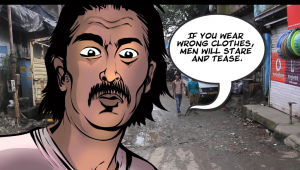
Figure 4. Screen-shot from a video available through Blippar’s augmentation of Priya’s Shakti
In addition to enhancing the literary scene, Blippar has likewise expanded to education, sports, retail, healthcare, and business, among others. Perhaps most interestingly, Blippar recently launched the first “augmented reality retail destination” in Covent Garden (read about it on Blippar’s blog: https://blippar.com/en/resources/blog/2016/11/22/covent-garden-becomes-worlds-first-augmented-reality-retail-destination-powered-blippar/).
Blippar also encourages its users to become “blippbuilders” by creating their own interactive augmented reality experiences. Naturally, I had to play around with blippbuilding myself, so I created a blipp for the UVA Makerspace, with images of our 3D printers and Makerspace technology, and links to both a video about Makerspaces and the UVA Scholars’ Lab website. Here are a few screenshots of my blipp:
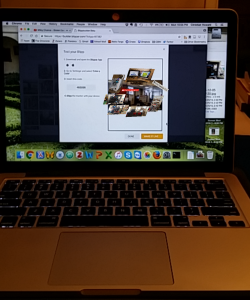
Figure 5. Blippbuilding in progress
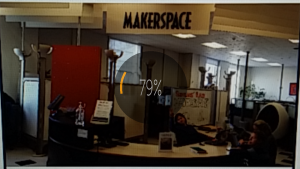
Figure 6. Uploading the blipp
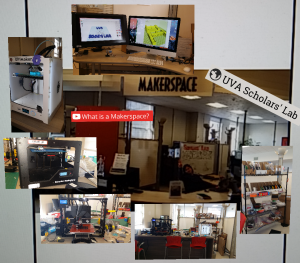
Figure 7. The completed blipp of the UVA Scholars’ Lab Makerspace
